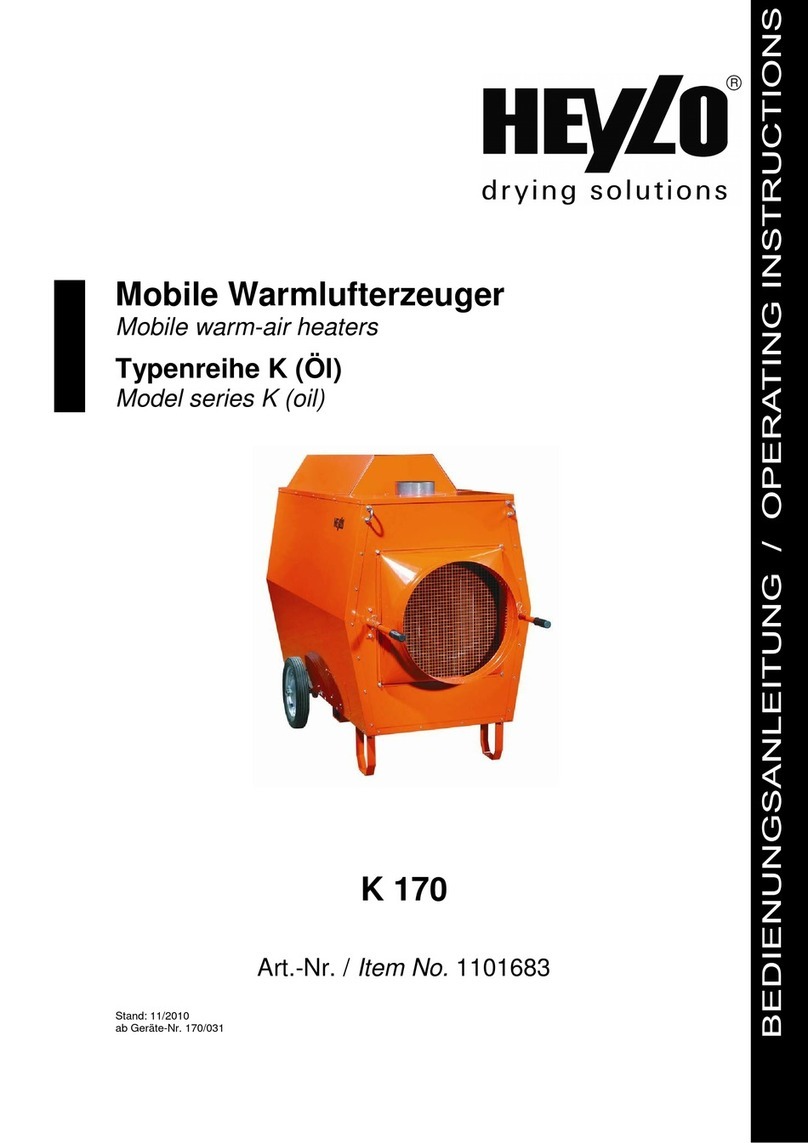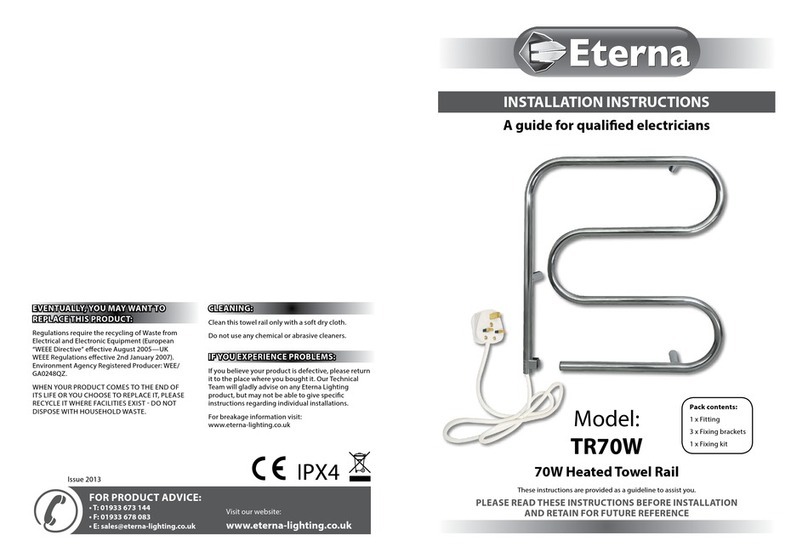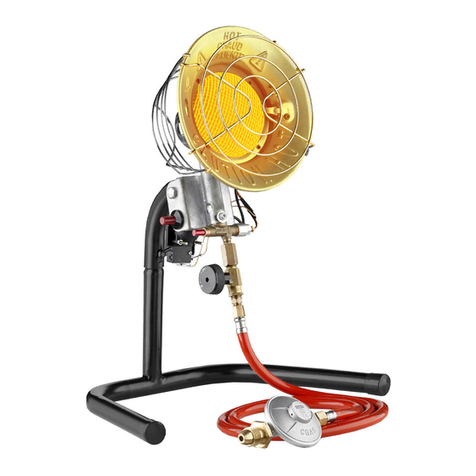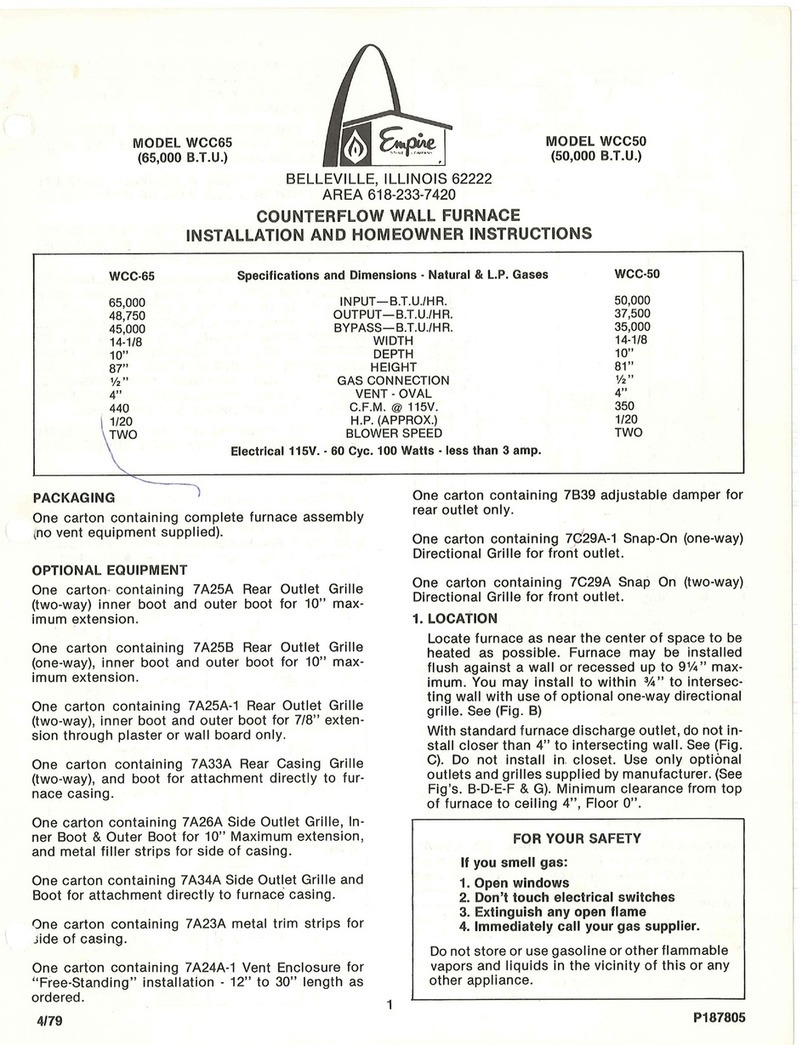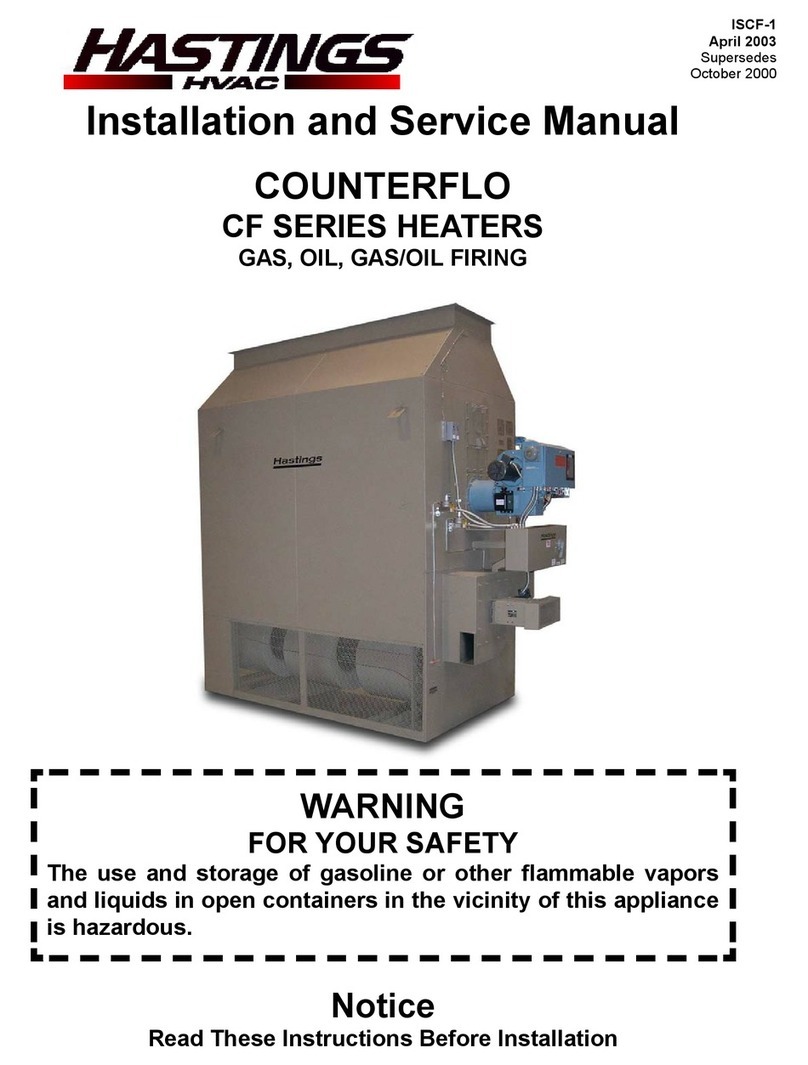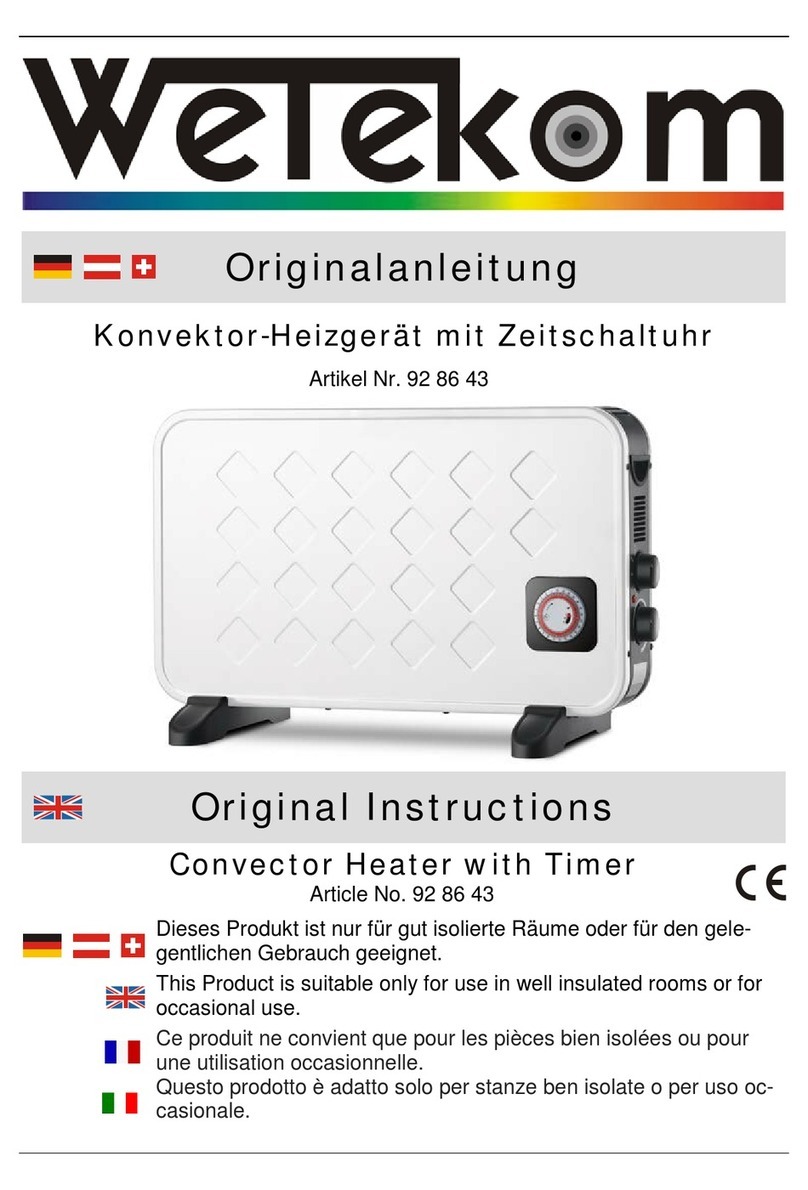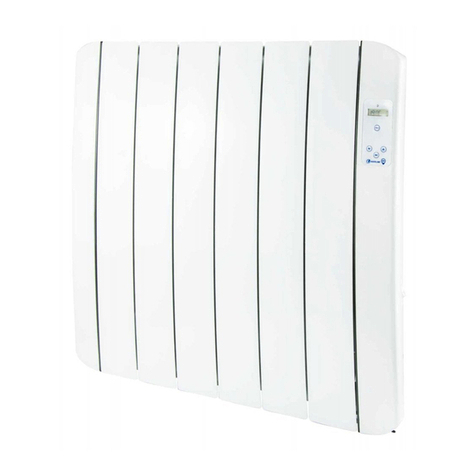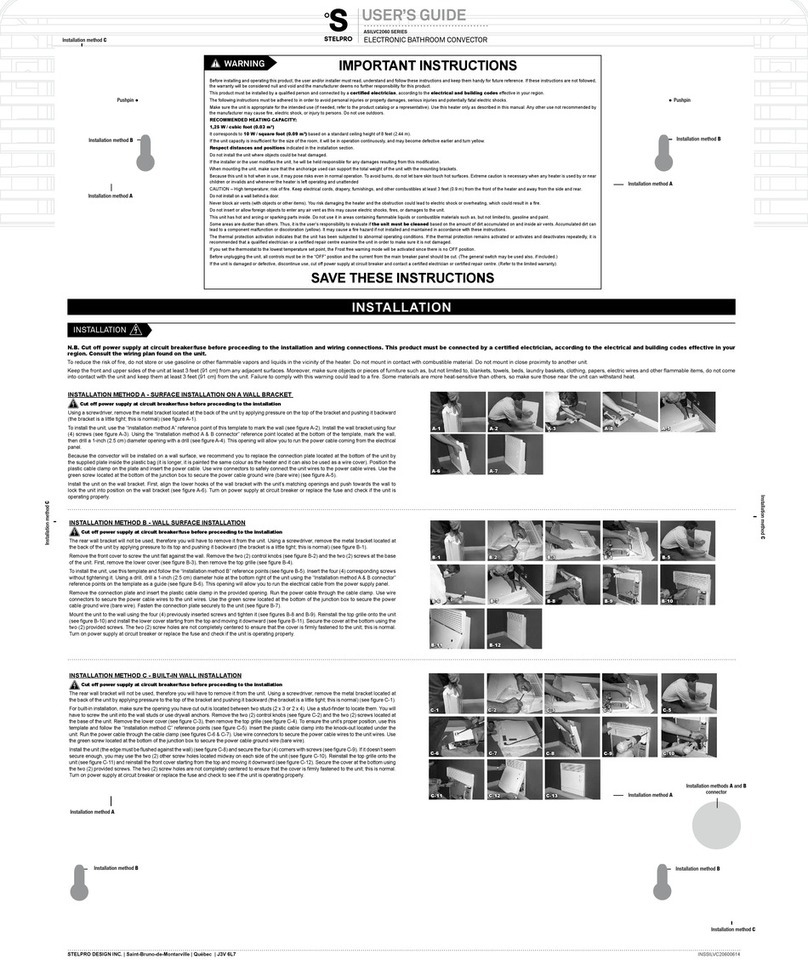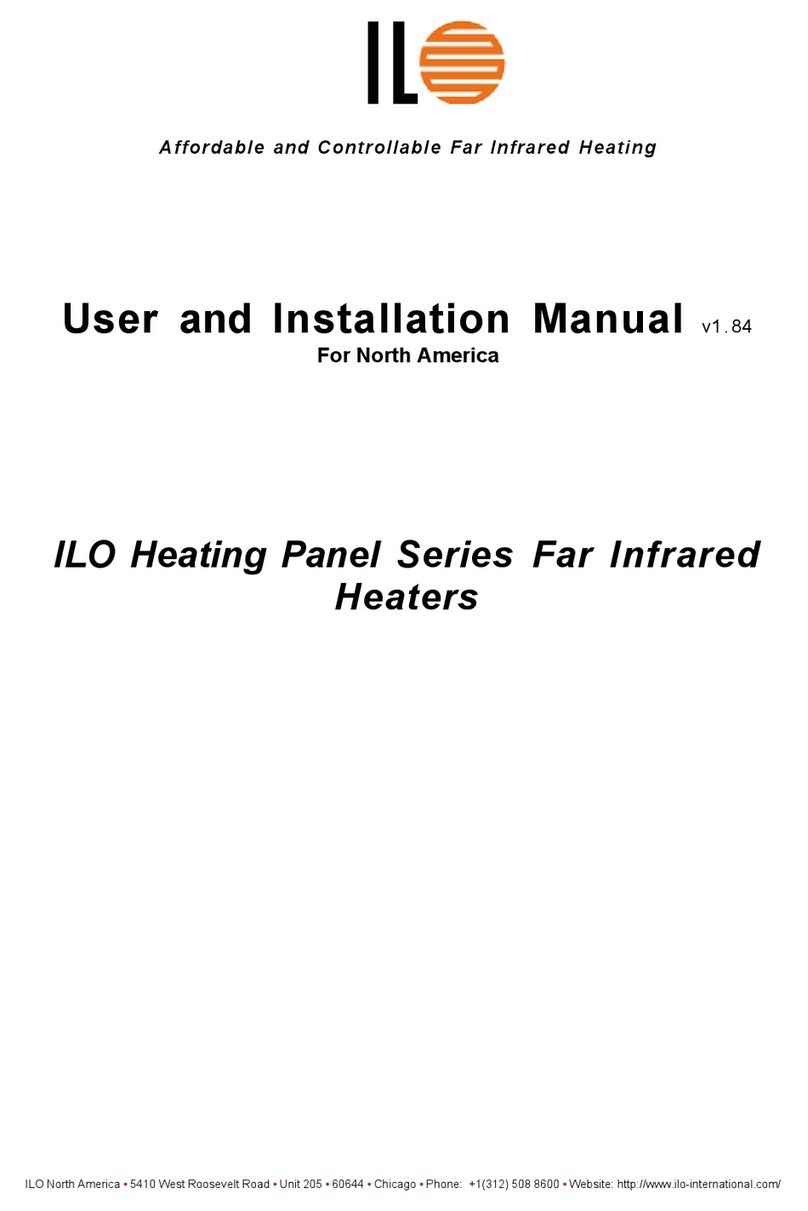
SECTION II. – INSTALLATION PROCEDURE
This equipment shall be installed and wired in accordance with regulations of the National
Board of Fire Underwriters, National Electric Code, and local governing bodies. The
following recommendations are not intended to supplant any requirements of federal,
state, or local codes having jurisdiction. Authorities having jurisdiction should be consulted
before installations are made. Local codes may require additional safety controls and/or
interlocks.
A. HANDLING THE EQUIPMENT
The Aeroflo unit has been designed for rigging and handling through the use of
special lifting lug hooks installed on the top of each section, and to not attempt to use
fork lift(s) to install sections. As explained previously, the unit is designed for shipping
in three sections. The fan section, burner section, and discharge plenum section must
be reassembled in the field.
When unloading and setting the heater section, use the lifting lugs on the corners
provided or move the sections on rollers. Hooks, jacks, or chains must not be used
around the casing, exhaust fan, or main control panel. DO NOT LIFT UNIT USING
COMBUSTION CHAMBER BRACKETS.
For convenience in shipping, the discharge plenum section sits on top of the fan
section. Please note that the lifting lugs on the rear of the fan section are
manufactured so that the burner section will fit on the fan section only one way.
Figure 1 depicts a typical unit assembly.
To be properly set, the Aeroflo unit should be placed on a solid foundation and set
exactly as detailed later.
During transit, unloading, and setting of the unit, bolts and nuts may have become
loosened, particularly in the pillow block ball bearing assemblies on the fan section. It
is recommended that all nuts and set screws be tightened. Turn fan shafts by hand to
make certain that propeller fan does not rub against fan venturi, and that bearing lock
rings are tight.
Open the cover on the electrical control box located near the middle on the side of the
burner section. Box can be opened by turning main disconnect switch to the “off”
position. Inspect all wire terminals and wiring terminations to ensure that all
connections are tight.
B. POSITIONING THE UNIT
Install factory supplied gasket between fan section and heater section prior to stacking
sections on top of each other.
Locate the heater exactly level, making certain the minimum clearance is maintained
between the heater, and any combustible material. The Underwriters Laboratories
Inc., listing of the heater stipulates the following clearances: 48” from main control
panel located at the burner end, 18” at the rear, both sides and top. The exhaust
stack clearance must be 18”. See page 11 for stack details.
For convenient access for maintenance, provide 24” clearance at the right side, as
seen when facing the burner, and 36” at the rear. Position the heater, if practical, with
the left hand side (as seen from burner end) next to any adjacent wall
4








